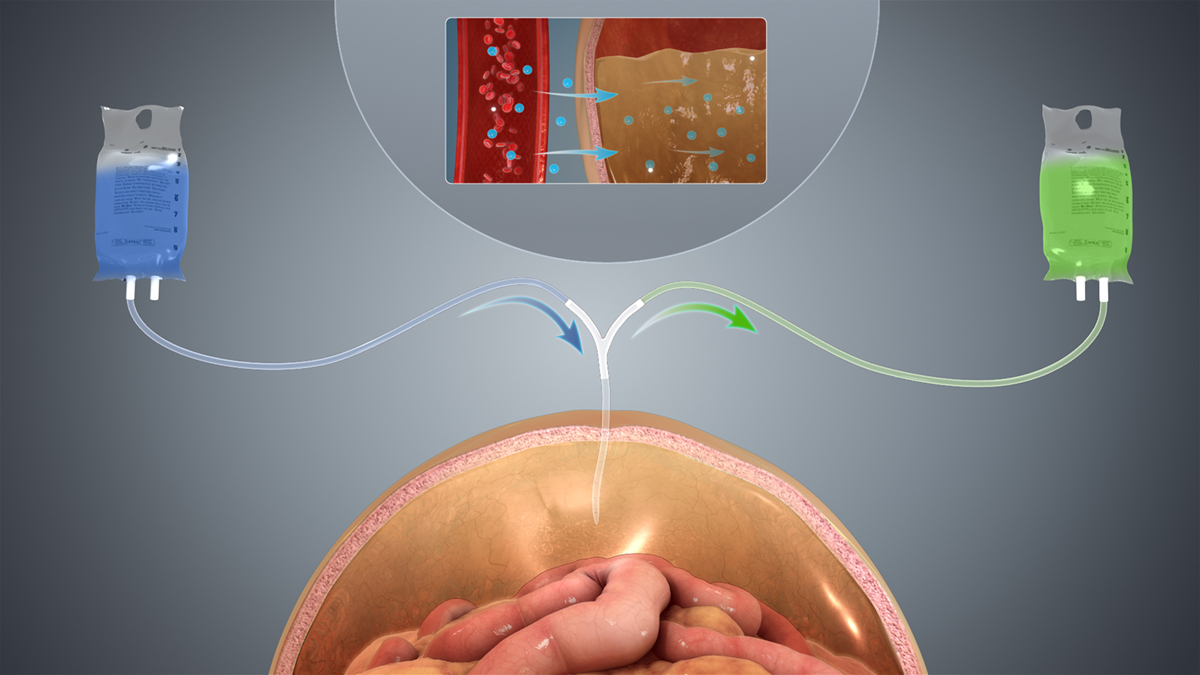
Without our kidneys we simply would not be able to eliminate excess of fluids, electrolytes and get rid of a range of waste products our body produces on a regular basis. Even though there are two kidneys in the body both organs may fail and get severely damaged losing their filtrating and excreting power. When this occurs, the only way to eliminate all the aforementioned substances is by dialysis.
Peritoneal Dialysis – Kidney Dialysis
Peritoneal dialysis is a type of dialysis helping patients suffering from chronic kidney disease. The procedure is based on elimination of fluids and dissolved substances after these have been filtrated via the peritoneum. Electrolytes, glucose, urea, albumin etc. are all dissolved substances eliminated in such way, especially if their concentration is higher than normal.
The procedure helps patients until they find a suitable organ donor. Kidneys in these patients get severely damaged by various medical conditions. It usually takes many years for the organs to completely lose their filtrating and excreting ability.
Chronic kidney failure is common among patients with diabetes mellitus, hypertension, glomerulonephritis, vasculitis as well as polycystic kidney disease. The doctor will recommend the most suitable type of dialysis for each case. Several factors are taken into consideration when such decision is made. First of all, the overall health of the person plays significant role in the type of chosen treatment. The kidney function, personal preferences and home situation additionally determine which approach one should definitely opt for.
Peritoneal dialysis is mostly suggested in case one simply cannot tolerate rapid changes of fluid balance, a characteristic of hemodialysis. When hemodialysis is performed certain amount of blood gets eliminated from the patient’s body, is filtered by a machine and then returned to the body. Additionally, peritoneal dialysis is much more suitable in individuals who wish to minimize the disruption of their everyday activities/work.
On the other hand, peritoneal dialysis is not a good option for patients who have extensive surgical scars in the abdomen, those who cannot take care of themselves and have nobody to do this instead of them (e.g. do not have a caregiver/family member who will help) and people suffering from inflammatory bowel disease or recurrent attacks of diverculitis.
The procedure takes place with the assistance of a tube (catheter) inserted in the peritoneum. Specific solutions are introduced via the tube and then removed from the peritoneum, eliminating all the excess fluid and waste products from the body at the same time. Peritoneal dialysis is either performed during the night when patients sleep or throughout the day. The former type is known as automatic peritoneal dialysis while the latter is referred to as continuous ambulatory peritoneal dialysis.
Patients must understand the entire process and be fully informed about how to carry out the procedure exposing themselves to minimum or no risk to infections. They are also assessed on a regular basis by their health care providers.
Complications with Peritoneal Dialysis
Peritoneal dialysis and hemodialysis both serve the same purpose when kidneys fail to continue filtrating the blood and eliminating waste products from the body. Peritoneal dialysis is the one that can be performed at home which is an advantage. Still, in many countries, including the USA this type of dialysis is far less used in patients with chronic renal failure.
People who eventually undergo dialysis of any type are basically of damaged health and they are prone to certain malfunctions. The process of dialysis additionally makes them susceptible to various health problems. But with proper care most of complications of dialysis, especially peritoneal dialysis can be successfully avoided.
There are three major complications associated with peritoneal dialysis, infections, weight gain and weakening of the abdominal muscles which subsequently makes patients susceptible to hernias.
As for infections, it is clear that microorganisms can easily enter the body via the catheter which actually represents an open passage between the outside of the body and the peritoneum. Introduction of infectious agents, usually bacteria, easily results in peritonitis. Infections may additionally affect the skin where the catheter is inserted.
The fluid injected via the catheter contains glucose, the substance that precipitates elimination of certain substances into the peritoneum and then out of the body. Now, since peritoneal dialysis may take place up to 6 times per day, each time the body will absorb some of the introduced glucose. The total amount of calories introduced in such way may reach up to several hundred calories.
In the end, recurrent filling of the peritoneum triggers expansion of the abdominal muscles. After years of peritoneal dialysis they become weak and one may easily end up with abdominal hernia, requiring surgical correction and eventually a transfer to hemodyalisis until the appropriate organ for transplantation is found.
Additional but rare problems these patients might face are hypovolemic shock or hypotension, bleeding inside the abdomen and bowel perforation as well as encapsulating peritoneal sclerosis, a medical problem referring to bowel obstruction due to the formation of an abnormal layer of fibrin within the peritoneum.



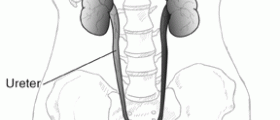



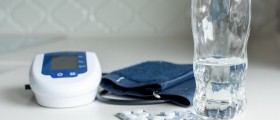


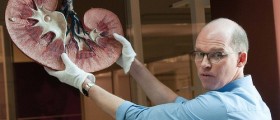


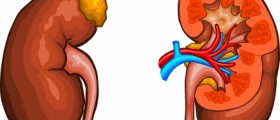


Your thoughts on this
Loading...